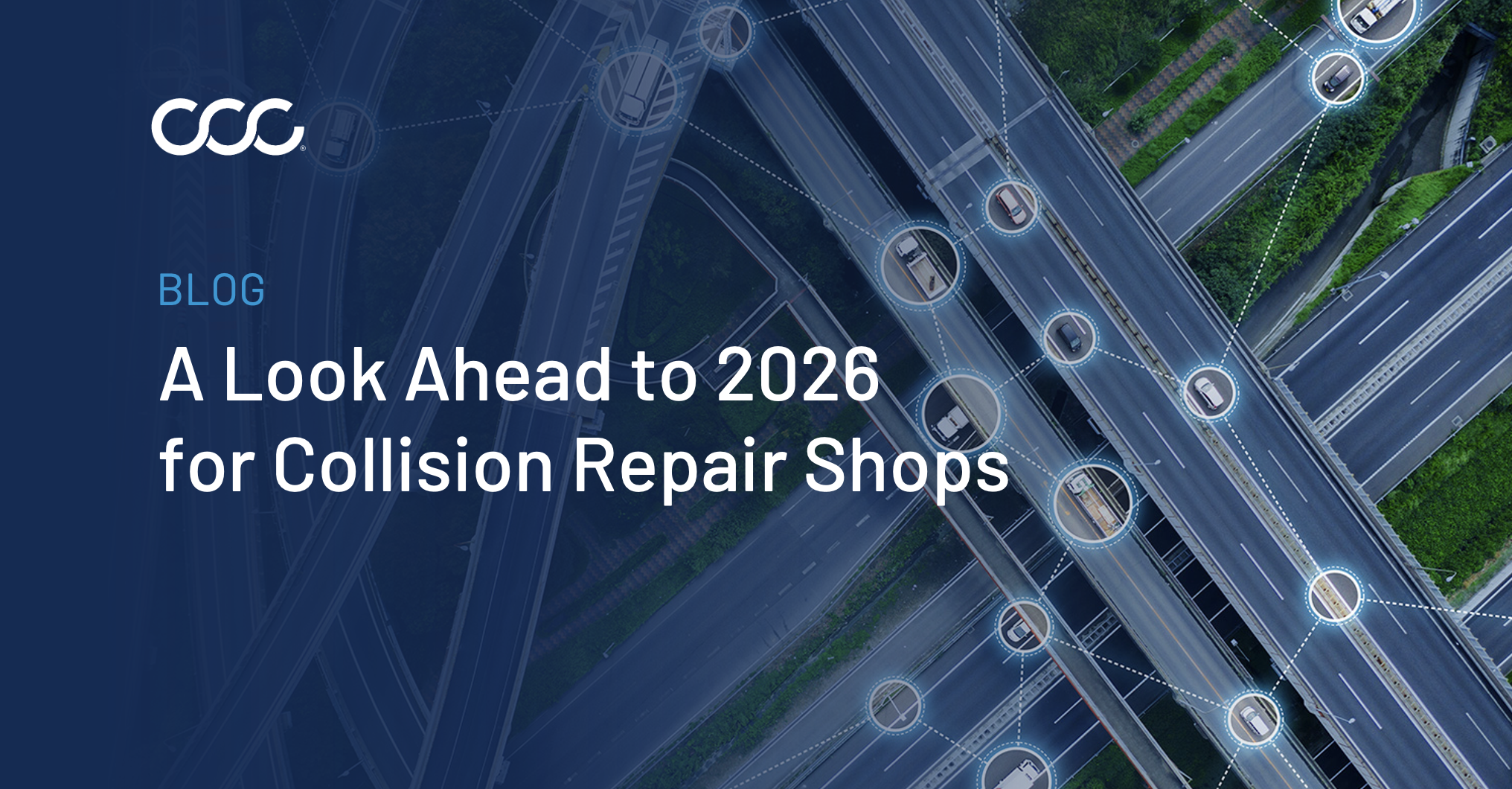
By Jenny Swindle, Manager of Client Engagement
In the fast-paced world of collision repair, efficiency is crucial. No surprise there, right?
One part of the job that touches nearly every shop is handling total loss vehicles. They might not be sticking around for repairs, but they still impact your workflow – and let’s be honest, they can create just as many headaches if not handled right.
Moving total losses off your lot may not be a top priority for your shop – it depends on what is best for your business. But from my perspective, it is in everyone’s best interest to identify and process total loss vehicles quickly.
The faster you identify and process them, the better it is for your shop, your bottom line, and your customers.
Here are just a few things to be sure to consider in your approach to total losses:
Space is Money
You already know that collision repair facilities typically operate with limited space, and every square foot matters. This space is needed to generate revenue, and every total loss on the lot or in a bay reduces the capacity for repairable vehicles. By processing total loss vehicles promptly, the shop can maintain a steady flow of repairable cars, thereby maximizing profitability.
Remember that these total losses can become a financial burden if they sit on the lot for too long. Look for ways to expedite moving vehicles and getting paid digitally. Quick processing ensures that shops resources, such as labor, time, and space, are focused on jobs that bring in more income.
Getting the Customer Back on the Road
Customer satisfaction is another key factor. When a customer’s vehicle is declared a total loss, they are often in a stressful situation while awaiting the claim to be processed. In many cases, the claim must be settled before they can purchase a new vehicle.
A shop that handles the total loss process efficiently helps speed up this timeline, allowing your customers to get back to their life faster – picking up kids at school, getting to work, and so on. This not only improves the customer experience but also enhances your reputation.
How to Do It
To process total losses faster, it’s important to streamline key aspects of your workflow.
- Start by coaching your service advisors to identify potential total losses during the initial inspection (AI-powered estimating tools like Mobile Jumpstart in the CCC ONE Mobile App can help here).
- Establish strong communication channels and processes with your insurance partners so you can reduce time spent waiting for answers and inefficient back-and-forth dialogue. When a vehicle owner is stressed, you don’t want to be a bottleneck.
- Standardize your documentation process with a checklist so everything you need for the decision is submitted at once, reducing delays.
Small changes in your process can make a big difference. By staying on top of total loss vehicles, you keep your shop running smoother and more profitably.

By Jenny Swindle, Manager of Client Engagement
In the fast-paced world of collision repair, efficiency is crucial. No surprise there, right?
One part of the job that touches nearly every shop is handling total loss vehicles. They might not be sticking around for repairs, but they still impact your workflow – and let’s be honest, they can create just as many headaches if not handled right.
Moving total losses off your lot may not be a top priority for your shop – it depends on what is best for your business. But from my perspective, it is in everyone’s best interest to identify and process total loss vehicles quickly.
The faster you identify and process them, the better it is for your shop, your bottom line, and your customers.
Here are just a few things to be sure to consider in your approach to total losses:
Space is Money
You already know that collision repair facilities typically operate with limited space, and every square foot matters. This space is needed to generate revenue, and every total loss on the lot or in a bay reduces the capacity for repairable vehicles. By processing total loss vehicles promptly, the shop can maintain a steady flow of repairable cars, thereby maximizing profitability.
Remember that these total losses can become a financial burden if they sit on the lot for too long. Look for ways to expedite moving vehicles and getting paid digitally. Quick processing ensures that shops resources, such as labor, time, and space, are focused on jobs that bring in more income.
Getting the Customer Back on the Road
Customer satisfaction is another key factor. When a customer’s vehicle is declared a total loss, they are often in a stressful situation while awaiting the claim to be processed. In many cases, the claim must be settled before they can purchase a new vehicle.
A shop that handles the total loss process efficiently helps speed up this timeline, allowing your customers to get back to their life faster – picking up kids at school, getting to work, and so on. This not only improves the customer experience but also enhances your reputation.
How to Do It
To process total losses faster, it’s important to streamline key aspects of your workflow.
- Start by coaching your service advisors to identify potential total losses during the initial inspection (AI-powered estimating tools like Mobile Jumpstart in the CCC ONE Mobile App can help here).
- Establish strong communication channels and processes with your insurance partners so you can reduce time spent waiting for answers and inefficient back-and-forth dialogue. When a vehicle owner is stressed, you don’t want to be a bottleneck.
- Standardize your documentation process with a checklist so everything you need for the decision is submitted at once, reducing delays.
Small changes in your process can make a big difference. By staying on top of total loss vehicles, you keep your shop running smoother and more profitably.







